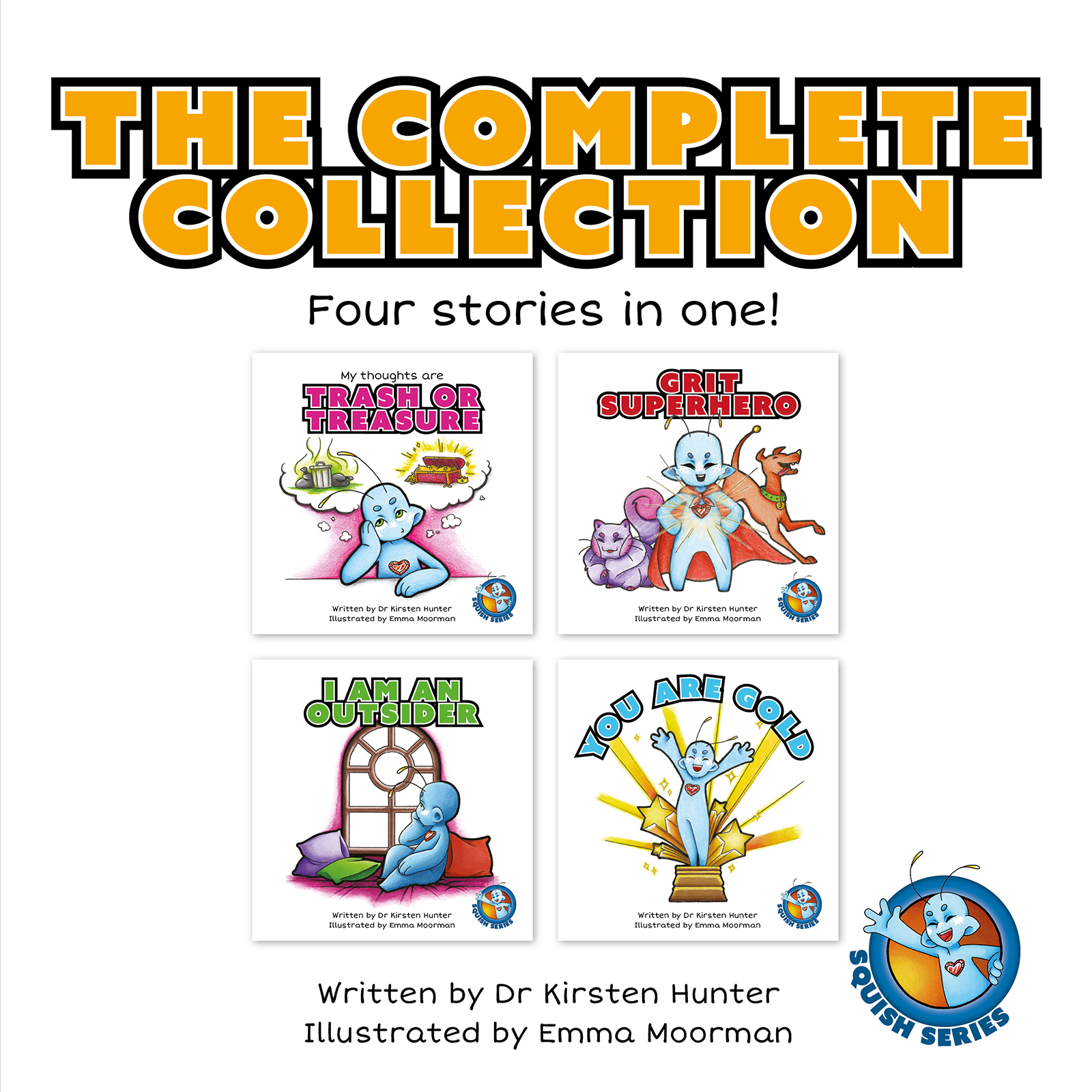Supply Chain and Publishing: Understanding Changes in the Industry

Uncertainty and change have become the norm for most industries over the last few years, and for some, a return to old ways of doing things is uncertain and, quite possibly, unlikely. For the publishing industry, this is no less true. Changes in the global supply chain and publishing industry trends have brought about significant disruption; some positive and some a great deal more challenging.
Positive changes in the publishing industry
Over the past decade, publishing has seen many significant positive changes, including:
- The increasing popularity of digital and audio books
- The rise of print-on-demand technology
- The growing power and quality of self-publishing
However, recent change and disruption in the supply chain present far more ambiguous challenges for the publishing industry.
Disruptive changes in the publishing industry
As well as positive change, the publishing industry has experienced significant disruptive change as well; most notably the consumer trend of online shopping over in-person purchasing from brick and mortar storefronts. Other changes that are even more disruptive include those brought about by supply chain issues, including:
- Delayed transportation of goods
- Labour shortages
- The rising price but falling production rate of paper
Some industry experts claim these supply chain issues could be the death of the printed book industry as we know it; others predict that these changes will have a positive impact – as long as effective solutions to the challenges caused by these changes are found. But what is the supply chain, and how does it impact publishing?
The global supply chain
The supply chain is the whole, connected process of making, selling, and delivering a product – from the very first stages of sourcing raw materials, to manufacturing, right through to the final sale and delivery to a consumer.
Supply chains are often very complex, and stretch around the world. Each step in the process, each organisation, and each individual person involved has to fit together and connect effectively and efficiently to be successful – especially when consumers increasingly expect next-day or even same-day delivery of products they’ve ordered. Any break in these links can be a disaster for the whole system.
The supply chain and publishing
When it comes to traditionally published, physical books, the supply chain requires publishers, printers, warehouses, bookstores/booksellers, and shipping companies to all work together seamlessly. Printers rely on paper mills to supply paper; paper mills themselves require a steady supply of wood pulp.
The sheer scale of the global supply chain can be boggling when you start to think about how many products are manufactured, shipped, and purchased each day, especially given the growing popularity of online shopping. In 2020, the value of the global supply chain market was estimated to be US$15.85 billion, with 1.2 million people employed in the freight and logistics industry in Australia alone.
Where the pain points are in the supply chain
1. Online shopping
Online shopping has long been popular, but COVID-19 lockdowns and restrictions pushed even more consumers online. By the end of 2021, Australians were shopping online at almost double the rate they had been pre-pandemic, with $62.3 billion spent online that year – including on books.
More people buying books online, rather than in physical retail stores, has forced publishers to make different choices about how they warehouse, process and distribute their books. This has a flow-on impact on other parts of the market, such as how physical retail stores – particularly independent booksellers – order and promote books.
2. Shipping delays
Driven by this increased consumer demand for goods – as well as rising fuel costs and other factors – the price of freight and transportation has surged over the past two and half years. We’ve also seen large delays in shipping due to port congestion and closure, due to:
- Disrupted container vessel schedules
- Lack of workers to offload containers
- Shortages in land transportation to get the goods from port to distribution centre
Containers of books (and plenty of other goods) have been stranded on ships, left on trailers at ports, or even lost at sea.
This has been a particular problem with full-colour, image-heavy, glossy books, like cookbooks or books about art or nature. These are typically printed in Asia where the cost of printing is lower than in other regions, requiring overseas shipping more frequently than other books to reach their final market. Many books are published on tight deadlines or with a seasonal focus, so these shipping delays can have a huge impact on sales and profits – after all, who wants to buy a glossy Christmas cookbook in February?
3. Paper problems
One of the basic raw materials for creating books – paper – has also become difficult, and expensive, to source. Many paper mills have found it more profitable to produce cardboard packing material, like boxes and corrugate, than it is to produce paper, especially given the greater demand these days for online shopping and the move away from plastic packaging materials.
With paper production falling, many printers have been put on monthly paper allocations by the mills, where the mill decides how much paper they will send to a printer, regardless of how much the printer has ordered.
This is a significant challenge for the publishing industry, as it’s now more difficult to forecast and manage the printing and distribution of books. The problem is compounded by decades of declines and closures in the printing sector – fewer printers with the capacity to print books means there is more demand on each printer, also contributing to delays.
Unsurprisingly, these supply chain issues are a problem for publishers, but they also make authors quite nervous. No-one wants to invest their heart, soul, and money into a book that will spend months in a shipping container – if it gets printed at all.
Solutions for publishers
Publishers have long had a number of key goals, including:
- Producing and distributing books in the most timely and cost-effective way
- Ensuring books can be available when consumers want them
- Anticipating and meeting unexpected demand for particular books.
These have been joined by additional goals in the past few years:
- Reducing their books’ carbon footprint
- Increasing sustainability in publishing
- Managing changes and problems in the supply chain and publishing industry.
As an independent company that works with the full spectrum of the industry, from first-time self-publishing authors to large, well-established publishing houses, here at Dettori Publishing we’ve been keeping a keen eye on what solutions best address all of these goals.
1. Print-on-demand services
Print-on-demand (POD) services like IngramSpark are a great option for self-publishing authors – it’s an efficient, flexible, and cost-effective method of publishing and selling books, and gives authors a lot of control over their own work.
Recently, even large traditional publishers are starting to explore POD options for smaller print runs, particularly in the early stages of a book’s life cycle.
2. Thinking local
Another way to tackle both supply chain issues and sustainability at the same time has been to look to local options for printing. We ourselves work with a number of local Brisbane-based printers, including Poll Printing and CPX.
Printing locally means books spend less time in transit, reducing the risk of delays, a book’s carbon footprint, and costs in many cases. We love the personalised service we get when printing locally, and authors (and their readers!) are always thrilled with how their books look and feel.

An example of one of our locally produced publications.
Many more publishers – self-publishing authors, university presses, and large traditional publishers alike – are looking at their local printing options as a solution to help them meet their goals.
So, what can authors do?
This all might seem daunting to authors – after all, so much time, love, and money goes into creating a book. But there are few solutions available for authors, such as:
- Utilising the above mentioned print-on-demand services like IngramSpark if you’re a self publishing author; they’re a great option for printing, selling, and distributing books
- Offering readers the choice of ebook or audiobook versions in addition to the printed version of your book. While this gives readers an option for access, should there be delays in printing or shipping books, offering different formats to readers also broadens your potential sales market.
- Encouraging readers to pre-order your book, regardless of whether you’re working with a traditional publisher or self-publishing. Pre-orders demonstrate that there is demand for a book, which helps publishers and printers more accurately forecast printing and distribution needs.
Need help or advice with getting published?
Whether you’re seeking assistance with getting your manuscript published by a traditional publishing house, or looking to take the route of self-publishing, we’re here to help.
If you would like to discuss options for making sure your book reaches your target market in the most effective way, or would like to know more about how supply chain and publishing industry changes may impact your publication goals, contact us today.
